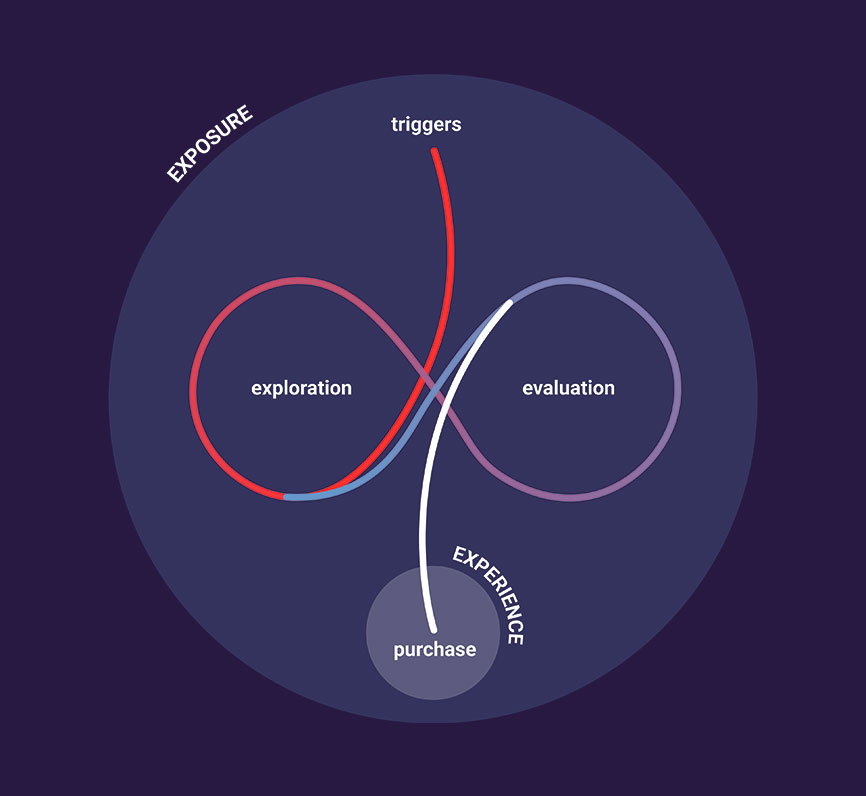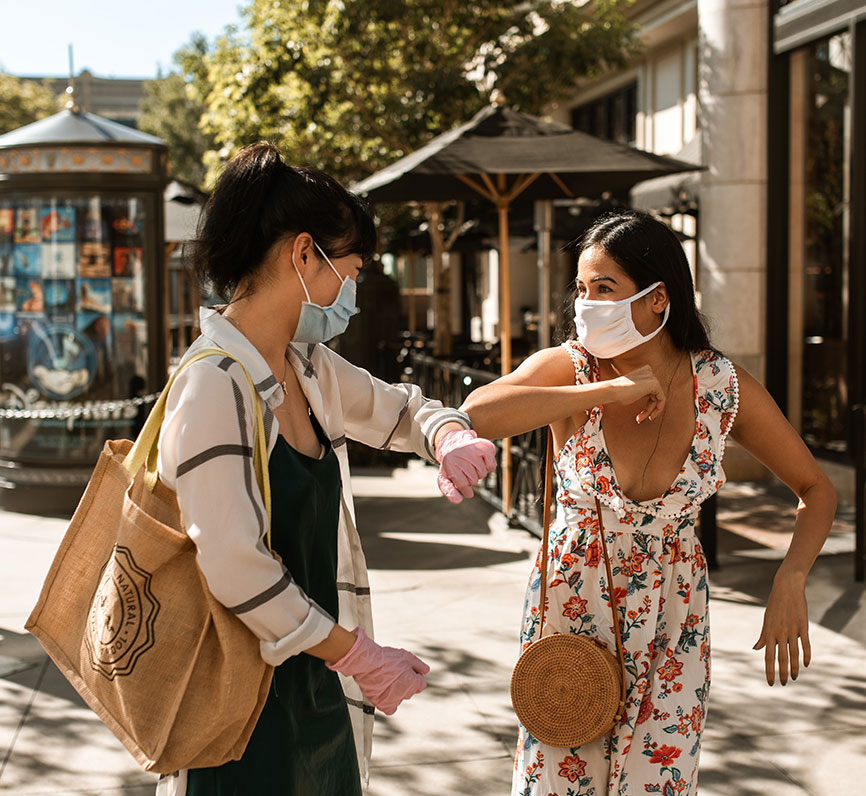https://embed-ssl.wistia.com/deliveries/e01834f7f763f4a45a8c88d6a8da5e26.mp4
Research is a large name covering many diverse fields. Today I can provide you with a POV on the marketing and ads research that I developed for Google: our mission is to generate actionable insights that put the user in their context at the heart of business decisions.
As our users’ behaviors have evolved over the past years and have become more complex, innovating is definitely key to developing actionable insights.
You can create innovation at every step while respecting user privacy and vendors safety: it can be about opening new areas of thought, challenging well-known marketing frameworks (like rethinking the purchasing behaviors – aka the Messy Middle – through behavioral science), testing new methodologies to improve our operational marketing (like the virtual shopping capabilities created by EyeSee). But how do we do this? It is important to create a space for innovation by partnering and brainstorming with many diverse research companies, from startups building experimentations to large and well-known research companies established in many countries. It is an interactive process as we can also share best practices or new methodologies with our vendors or research guidelines created by our researchers (like sharing UX requirements for mobile questionnaires) to improve research quality.


